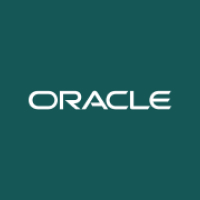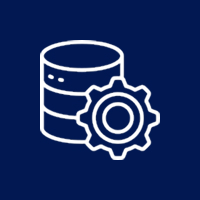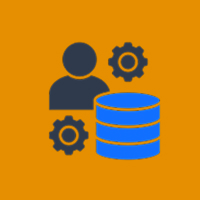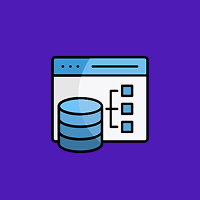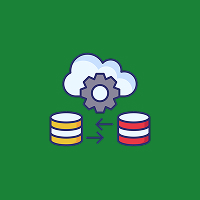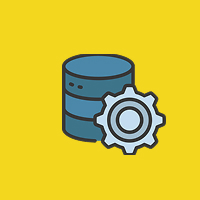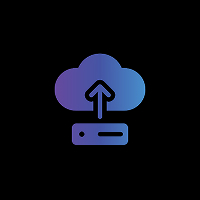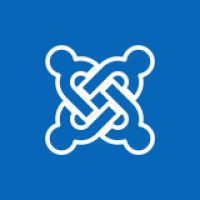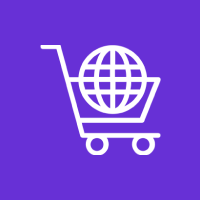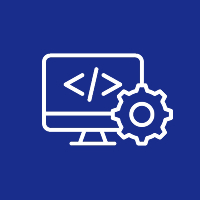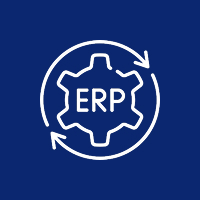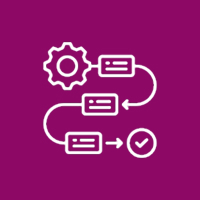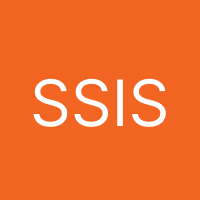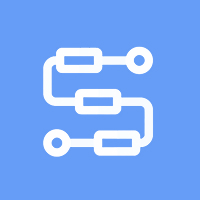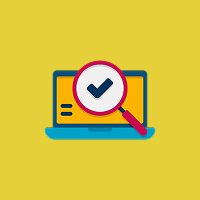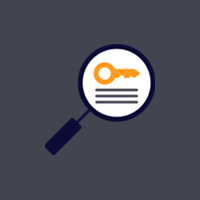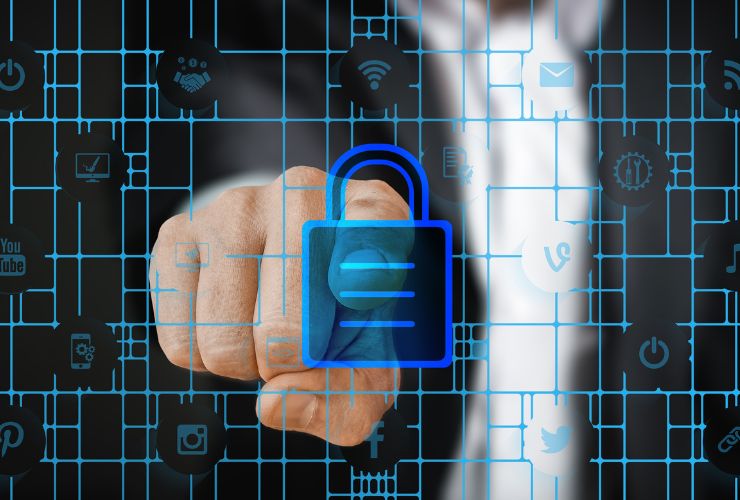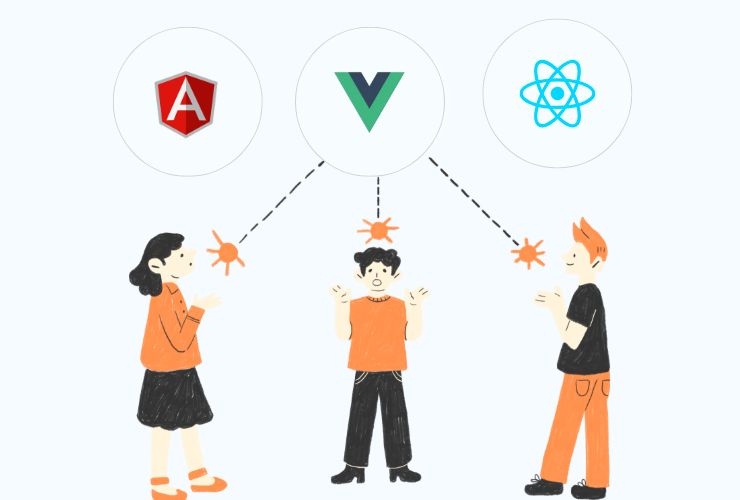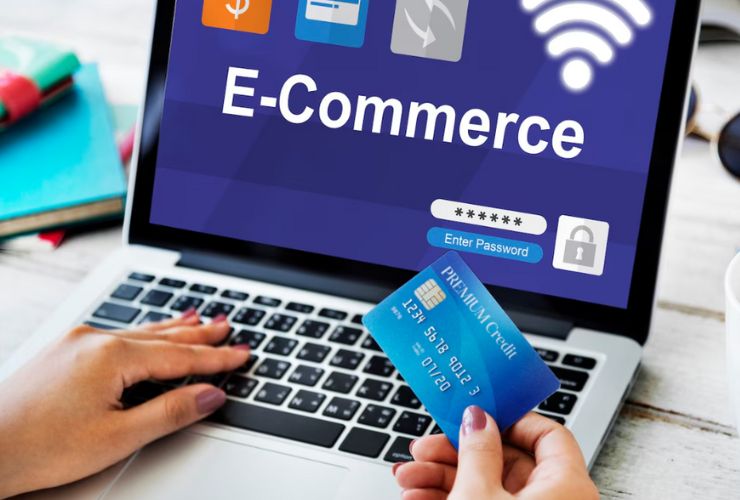An effective CRM (Customer Relationship Management) system is designed to manage relationships, but also to protect them.
When developing a CRM, either from scratch or modifying an existing platform, it is imperative that you incorporate best practice security from step one. If security is neglected in the development of a CRM, it becomes vulnerable to data intrusion, legal issues, and customer loss trust. Here are ways to safeguard your CRM and better protect your business, employees, and customers.
Importance of CRM Security
A CRM is regularly used to hold or store sensitive data such as customer name and contact numbers, customer payment data, historical communication with customers, and potentially private business information. So, if a cybercriminal is looking for sensitive data, they will invariably be drawn to a CRM.
There are several repercussions if the data held by a CRM is lost or tampered with.
- Financial: Costly settlements or fines can arise from breaches, especially if regulatory compliance is breached.
- Reputation: Customers expect their data to be safe and once a breach has occurred trust is hard to earn again.
- Operational: An attack such as data loss or a ransom act can halt business process and consequently stop business production and revenue.
These issues are an IT issue, but it has critical implications for your brand reputation and customer loyalty.
Top Security Practices for CRM Development
1. Enforce Strong Authentication and Access Control
Controlling access to your CRM is vital. Start by implementing a strong password policy that requires certain complexity and requires a regular change. Enforce multi-factor authentication (MFA). Adding just one more step for verifying identity dramatically lowers the risk of unauthorized access.
Use Role-Based Access Control (RBAC) to manage what records users have access to based on their role. For example, sales staff might only see leads and contacts while finance people see billing information. This protects the organization’s data exposure and reduces the risk of a breach from the inside.
2. Encrypt Data – In Transit and At Rest
Encryption protects data from being read by unauthorized individuals. Use industry encryption standards such as SSL(TLS) to encrypt data being sent between users and your CRM server.
Likewise, encrypt sensitive information being stored in your databases. Encrypting data minimizes the security risk even if the physical storage media has been compromised. Regularly audit your organization’s encryption processes and protocols and update them when necessary.
3. Update Software and Plugins
The most susceptible target to many cyberattacks is a previously identified vulnerability in the infrastructure of that software. This is why organizations need to regularly administer all software systems associated with their CRM platform to continually patch vulnerabilities, such as server updates, plugins, integrations, and the support infrastructure they run on top of.
Prepare a process to manage updates and patches. Ridiculously enough, subscribe to IT vendor security bulletins so you’ll be notified of critical fixes.
4. Update Data Regularly
Backups are the last line of protection against losing data from a breach, ransomware, or something as simple as deleting it by accident. Account for regular, automated backups, and save them in a safe location—offsite is best, or at minimum, in a secure cloud. If you choose a cloud solution, ensure it has security protections.
Make sure you test your backup and recovery process often to make sure that if you need to restore your data, that process works.
5. Monitor and Audit User
Activity Logging user activity inside the CRM is key to monitoring the events that have transpired. Monitoring tools can let you know if something is wrong by detecting user behaviors like: logging in lots of times at odd hours of the day; repeated failures to log in; or getting an unusual amount of data in snippets either from screen-scraping, or unexpected data exports.
You can audit access trails which can help you quickly investigate security issues if they arise, and can also provide substantial evidence for audits from vendors looking at compliance.
6. Secure Integrations
The CRM is rarely going to exist in and of itself. A CRM often touches an email platform, a marketing tool, accounting software, a telephone system, and more. Each integration is another potential risk. Screen 3rd party apps before you integrate it with your CRM. Use an API to connect and use secure API authentication methods, such as OAuth. Carefully select, and only the most limited rights necessary, for each system to connect. Know and review your integrations often.
7. Train Your Team
People are often the weakest link in security. Phishing attacks, weak passwords, and accidental data exposure are common entry points for attackers.
Conduct regular training sessions to educate your team about:
- Identifying and avoiding phishing scams
- Creating and managing strong passwords
- Handling sensitive data responsibly
- Reporting suspicious activity immediately
- A well-informed workforce is a powerful defense.
8. Follow Compliance Standards
Various laws and regulations govern data protection, including GDPR in Europe, CCPA in California, and sector-specific standards like HIPAA for healthcare.
Ensure your CRM adheres to relevant compliance requirements by implementing:
- Data minimization and purpose limitation
- Clear consent management and data access rights
- Procedures for breach notification
- Data retention and deletion policies
- Compliance not only avoids penalties but also builds customer confidence.
Extra security precautions to explore
Ongoing Security Testing
Perform penetration testing and vulnerability testing to find issues before the bad guys do, using third-party security experts to provide you with a fresh set of eyes.
Data Anonymization and Masking
When using data in non-production-like testing and training, anonymize the data so you do not inadvertently expose the real data of your customers.
Incident Response Plan
Have a complete incident response plan outlining what you are going to do in the event of a breach, including communication strategy, containment, and when and how to recover.
In Conclusion
Security must be baked into your CRM development lifecycle from day one; it cannot be an afterthought. If you use these best practices, then you will be investing in your business’s most valuable asset: your relationships with your customers.
Any investment in CRM security today will not only protect your reputation, but will also earn you trust with your customers, ensure you are compliant, and prepare you to comply with changes in the cyber landscape as they happen. Ensure that you start now, and you will not have to deal with a CRM security breach.
Contact Us Today
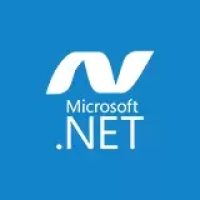


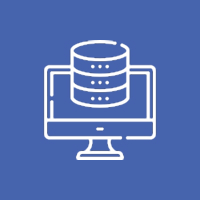
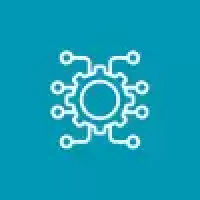




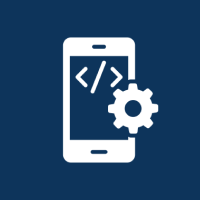



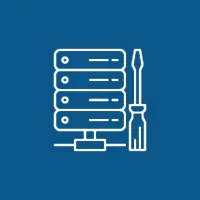 Database Development
Database Development

